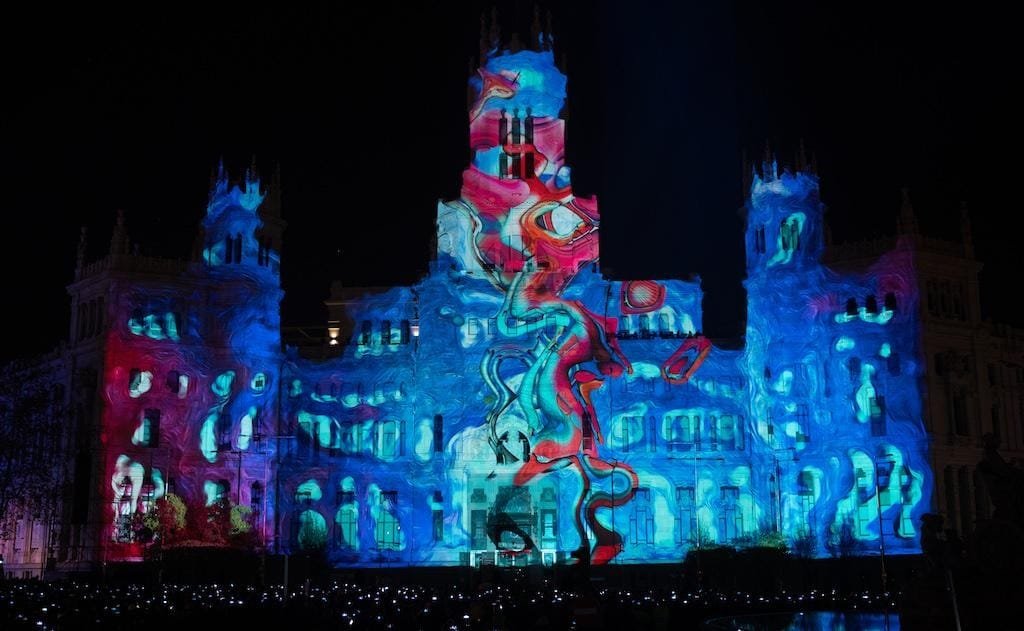In today’s digital world, the fusion of art and technology is creating stunning visual experiences that captivate audiences around the globe. One of the most innovative techniques making waves in the creative and entertainment industries is 3D video mapping. But what exactly is 3D video mapping, and how does it work? This guide delves into the fascinating world of this transformative technology and how it’s being used to reshape the way we experience visual storytelling.
Understanding the Basics: What is 3D Video Mapping?
3D video mapping, also known as projection mapping or spatial augmented reality, is a projection technique that uses specialized software to project video or images onto irregularly shaped objects or surfaces, turning them into dynamic, 3D visual displays. Unlike traditional flat-screen projection, 3D video mapping uses depth, textures, and shapes to bring objects to life, creating the illusion of depth and movement on static surfaces.
This technology can be applied to various surfaces, from buildings and stage props to cars and even landscapes. 3D video mapping transforms these surfaces into interactive displays, blurring the lines between the digital and physical worlds.
How Does 3D Video Mapping Work?
The process of 3D video mapping involves several steps, each requiring precise planning and execution. Here’s a breakdown of how it works:
- Mapping the Object: The first step involves creating a digital 3D model of the object or surface that will be projected onto. This model serves as the canvas for the visual content. It’s essential to capture the exact dimensions, angles, and contours of the object to ensure accurate alignment of the projected content.
- Content Creation: Once the object has been mapped, designers and animators create the visuals that will be projected. This content can include anything from animations, video clips, and still images to real-time visuals and special effects. The visuals are created in such a way that they interact seamlessly with the 3D model, enhancing the illusion of movement and depth.
- Projection and Alignment: High-powered projectors are then used to cast the visuals onto the physical object. The alignment between the projector, the object, and the 3D model is crucial to ensure the projected content matches the contours of the object precisely. Specialized software, such as MadMapper or Resolume Arena, is used to control and adjust the projection to achieve perfect alignment.
- Interaction with Light and Shadows: One of the most striking features of 3D video mapping is how it interacts with light and shadows. By manipulating lighting, shadows, and textures, creators can give the illusion of physical changes in the object, such as cracks forming, the surface shifting, or the structure bending. These effects make the projection feel more immersive and realistic.
Applications of 3D Video Mapping
3D video mapping is being used in a wide range of industries and settings, from large-scale public displays to intimate indoor performances. Here are some common applications:
- Architectural Projections: One of the most popular uses of 3D video mapping is projecting visuals onto buildings. These large-scale projections can turn entire structures into dynamic, moving displays, creating the illusion that the building is transforming, collapsing, or glowing from within. This technique is often used in city festivals, art installations, and marketing campaigns.
- Stage Performances: In theater and live performances, 3D video mapping can be used to enhance stage sets, allowing creators to change scenes, settings, and moods instantly. It adds a new level of creativity to performances, where both the actors and the stage interact with dynamic visuals.
- Product Launches and Marketing: Brands are leveraging 3D video mapping to create impactful product launches. Whether it’s transforming a car at an auto show or launching a new tech gadget, video mapping can make products appear futuristic, engaging, and visually stunning.
- Theme Parks and Events: Many theme parks use 3D video mapping to create immersive attractions. Large domes, ride interiors, and event spaces are brought to life with visuals that enhance the visitor experience, taking them on a journey beyond the physical limits of the space.
Advantages of 3D Video Mapping
The main advantage of 3D video mapping is its ability to create a highly immersive and visually striking experience. It captivates audiences by transforming ordinary objects or environments into something magical. Here are a few specific benefits:
- Versatility: 3D video mapping can be used on a wide range of surfaces, from tiny sculptures to massive skyscrapers. Its flexibility makes it suitable for any size project.
- Immersive Experience: By creating the illusion of depth and movement, 3D video mapping engages the audience on a much deeper level than traditional flat-screen projections.
- Cost-Effective: Compared to physically building elaborate sets or structures, projection mapping allows creators to change scenes and environments digitally, saving on production costs.
- Environmental Impact: Projection mapping is more environmentally friendly than building large sets or props, as it only requires light and projectors to transform spaces.
The Future of 3D Video Mapping
The technology behind 3D video mapping is constantly evolving, and the future promises even more innovative uses. As augmented reality (AR) and virtual reality (VR) become more integrated with physical spaces, we can expect to see hybrid experiences that blend 3D video mapping with interactive AR elements, allowing users to engage with their surroundings in entirely new ways.
Moreover, advancements in AI and real-time rendering are making it possible to create interactive projection mapping experiences where the visuals change based on audience input or movement, adding a new layer of personalization to events and performances.
Final Thoughts
3D video mapping is revolutionizing how we experience visual storytelling, art, and entertainment. Whether you’re an artist, brand, or event planner, this technology provides endless creative possibilities to captivate and engage audiences. As the technology continues to evolve, we’re sure to see even more awe-inspiring displays of digital creativity projected onto the world around us.
